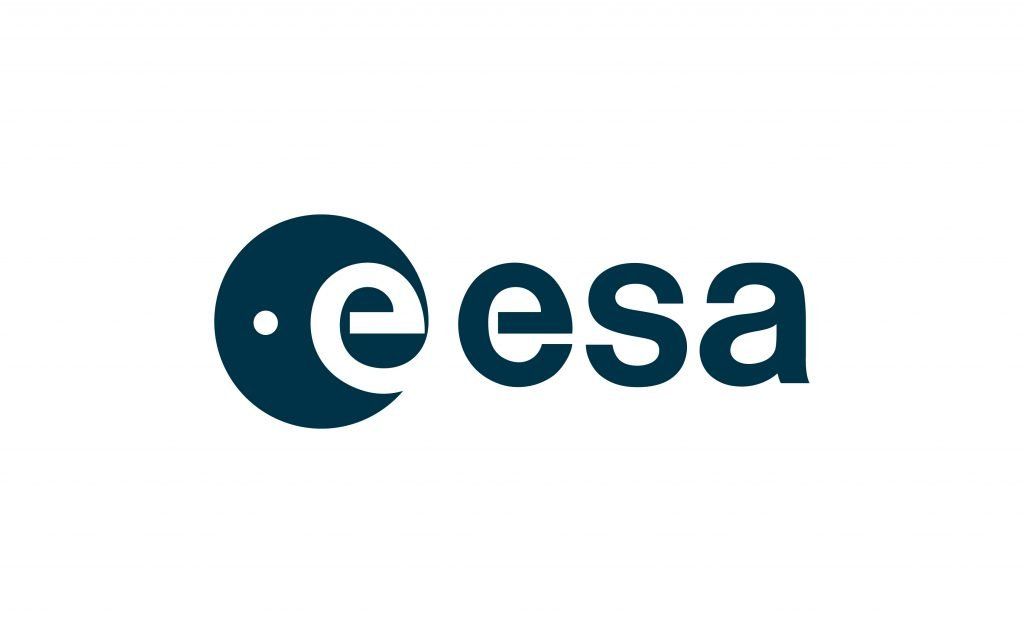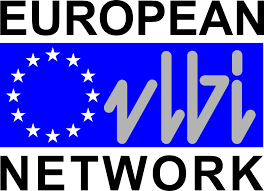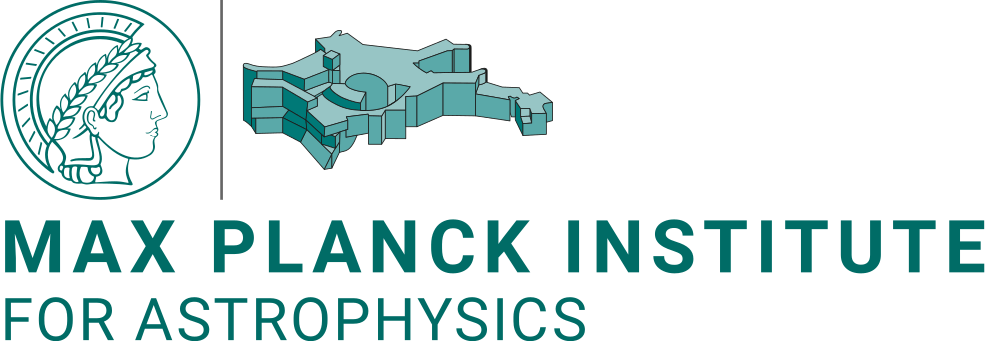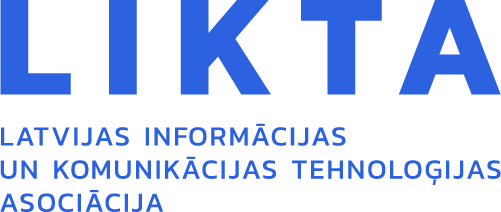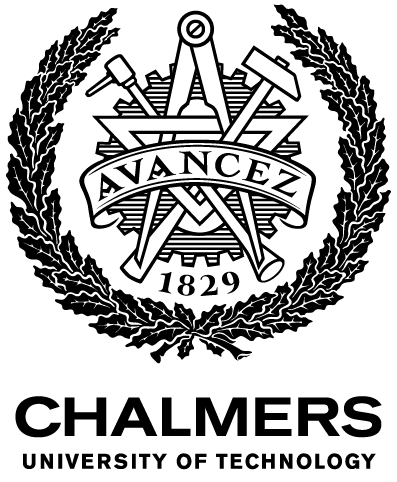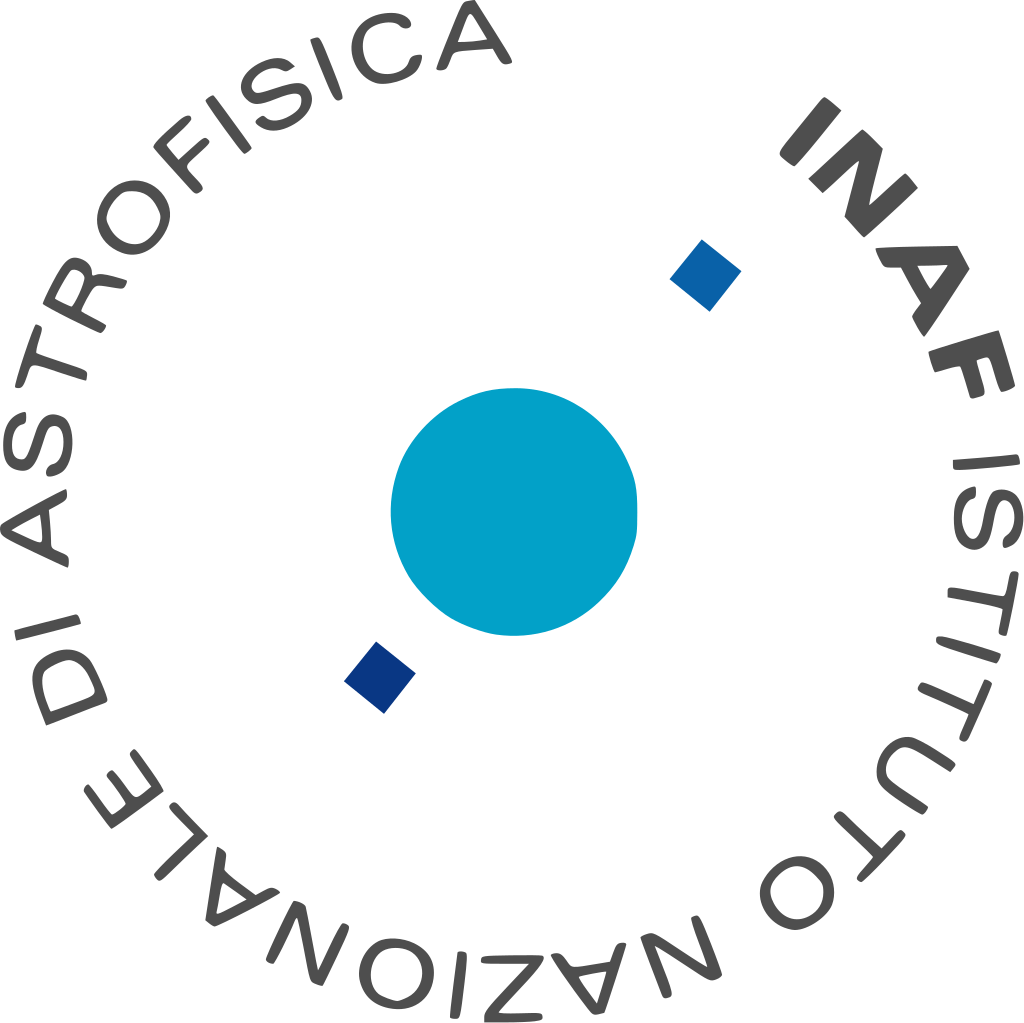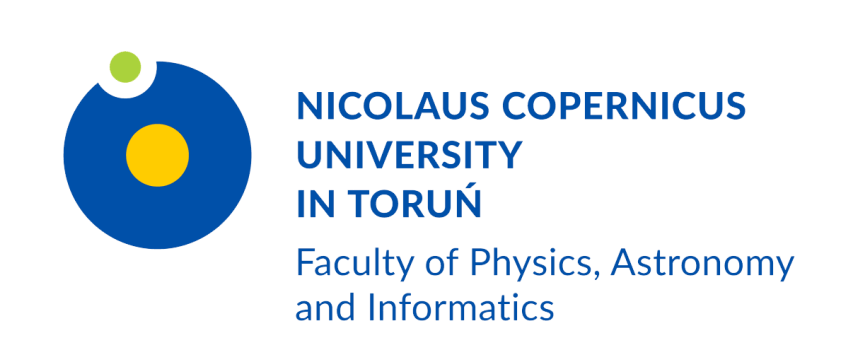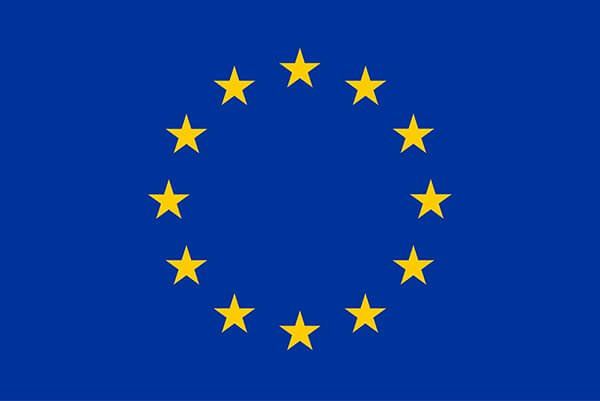This web page is created within BALTICS project funded from the European Union’s Horizon2020 Research and Innovation Programme under grant agreement No.692257.
Projects
Researches supported by VUAS
Summary
- Development of QGIS plugins and console applications.
- Methodology for preparation of three-dimensional urban environment models.
- SAR data processing for flood detection.
- Application of data mining methods.
“Next generation information and communication technologies”, Project No. 4 “New generation high volume data processing systems”, sub-activity “Remote sensing of the urban environment”
Duration
Project Partners
University of Liepaja, University of Latvia - Institute of Mathematics and Computer Science
The Aim of the Project
One of the activities of the project is "To develop algorithms for the recognition of specific urban objects and areas (for example, green areas, industrial regions, etc.) in high-resolution satellite images".
Funded by
National Research Program
Summary
- Determination of settlements in medium spatial resolution data.
- Land cover analysis in data of different resolutions.
- Methodology for ground cover determination using orthophoto maps and Lidar data.
- Finding the contours of buildings and determining the structure of the building using orthophoto maps and Lidar data.
- Large volume data processing.
“New European Wind Atlas” (NEWA)
Duration
Project Partners
Partners from 8 countries.
The Aim of the Project
The main goal of the project is to create a new European wind atlas and improve models.
Funded by
Summary
- Lidar modeling and noise filtering.
- Creation of ground cover maps using data with different spatial resolutions.
Implemented projects
“Study“ Development of a Regional Level Strategy for Reducing Greenhouse Gas Emissions in Urban Development Areas of the Kurzeme Planning Region Using Satellite Images and the Latest Thermal Auditing Technologies ””
Duration
2016 June – 2016 October.
Project Partners
Ventspils High Technology Park foundation „IDN Research”.
The Aim of the Project
VUAS activities were related to the processing of thermal aero images for the territory of Liepaja and research in two directions: automated provision of geometric accuracy and research of energy efficiency parameters of buildings using remote sensing data.
Funded by
Open tender “Capacity building for research and measures to improve public knowledge on climate change and its consequences” of the small-scale grant scheme project application of the European Economic Area financial instrument program for the period 2009-2014.
Summary
- A methodology for semi-automated adaptation of building polygons to aero photography information has been prepared.
- An analysis of Landsat thermal data for the territory of Liepaja was performed to determine the relationships between land cover and heat islands.
- The analysis of roof heat distribution for Liepāja territory was performed using thermal aero data.
“Geopositional early warning system integration for disaster prevention in the Baltic Sea”
Duration
Project Partners
Tallinn University of Technology, Marine Systems Institute, Flydog Solutions LLC, Finnish Meteorological Institute, Latvian Coast Guard Service, Swedish Meteorological and Hydrological Institute.
The Aim of the Project
The main goal of the project was to develop an innovative observation data management system to compile information about the Baltic Sea region.
Funded by
BONUS project
Summary
- Software for automated download and pre-processing of radar data has been developed.
"Determination of overgrown agricultural areas and non-inventoried forest land inventory indicators using remote sensing methods"
Duration
Project Partners
Latvian State Forest Research Institute “Silava”, LLC “Mikrokods”.
The Aim of the Project
To develop a methodology for the identification of overgrown agricultural areas, to determine their inventory indicators and development dynamics, using automatic remote sensing data processing methods and to show the application of these methods to the selected test area.
Funded by
ERDF sub-activities 2.1.2.1.1. “Competence centers”.
Summary
- Methodologies for determining tree crown cover in medium and high spatial resolution remote sensing data have been developed.
- The methodologies are user-friendly and include few user-defined parameters.
- A demonstration of methods for the test area has been prepared: thematic maps.
„PureBiomass. Potential and Competitiveness of Biomass as Energy Source in Central Baltic Sea Region”
Duration
Project Partners
Kurzeme Planning Region, Ventspils City Council, Turku City, Turku University of Applied Sciences.
The Aim of the Project
The aim of VUAS activities was to assess and map surface biomass, bioenergy and forest inventory parameters for the Kurzeme region using remote sensing data processing methods.
Funded by
Central Baltic Interreg IV A Programme
Summary
- Data fusion research - multispectral, radar and Lidar data.
- K nearest neighbor method tests.
- Thematic maps: forest areas, tree species, stand stock, surface biomass, stand stock forecasts until 2025.
"Technologies for the reception, transmission and processing of satellite signals"
Duration
The Aim of the Project
Within the framework of the project, various methods for mapping land cover, forest inventory parameters, shoreline changes, algae distribution were studied and fire propagation models were developed.
Funded by
European Social Fund project
